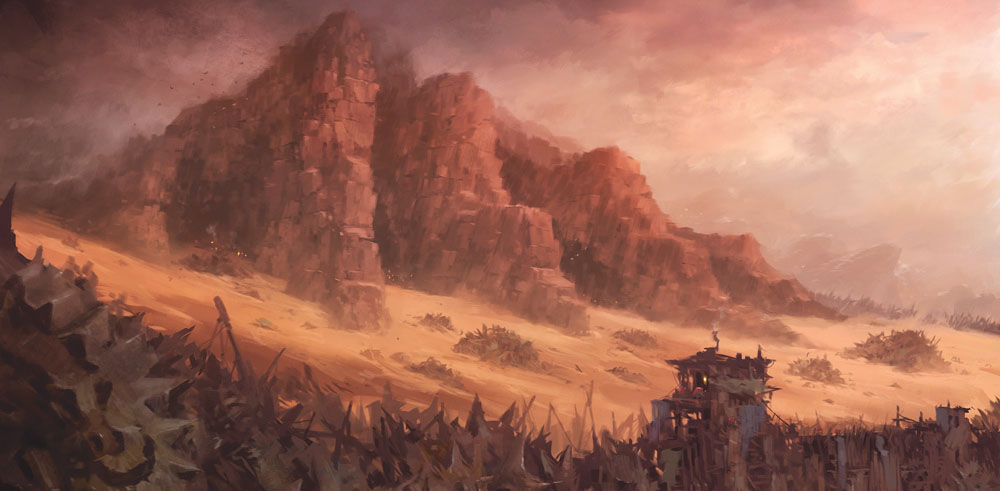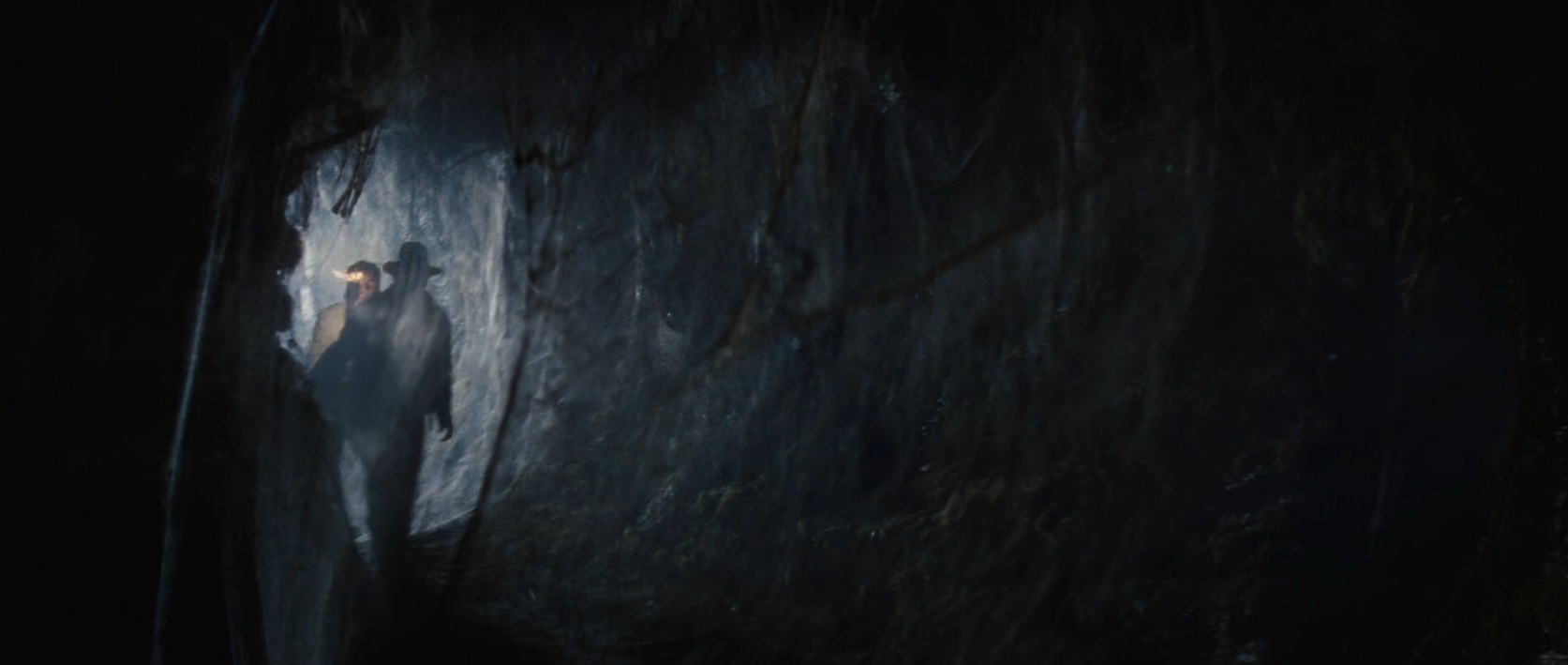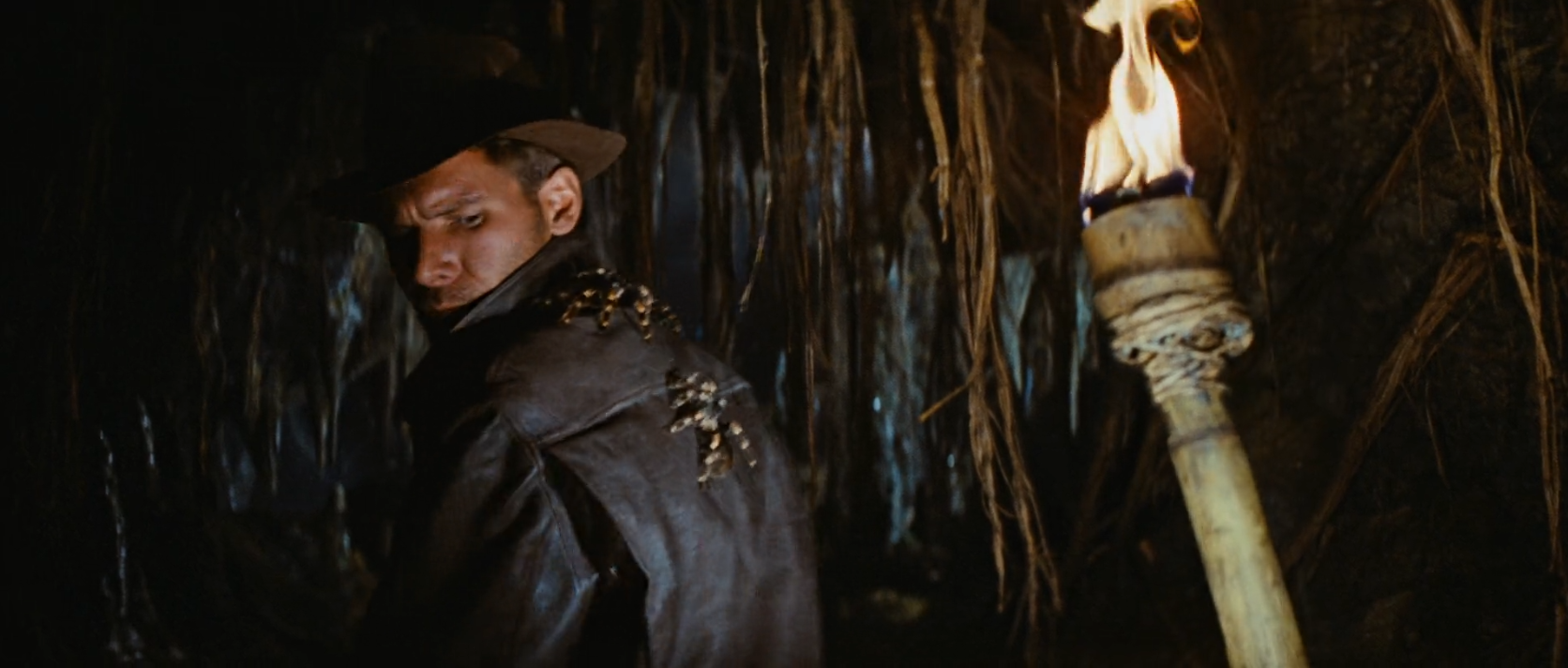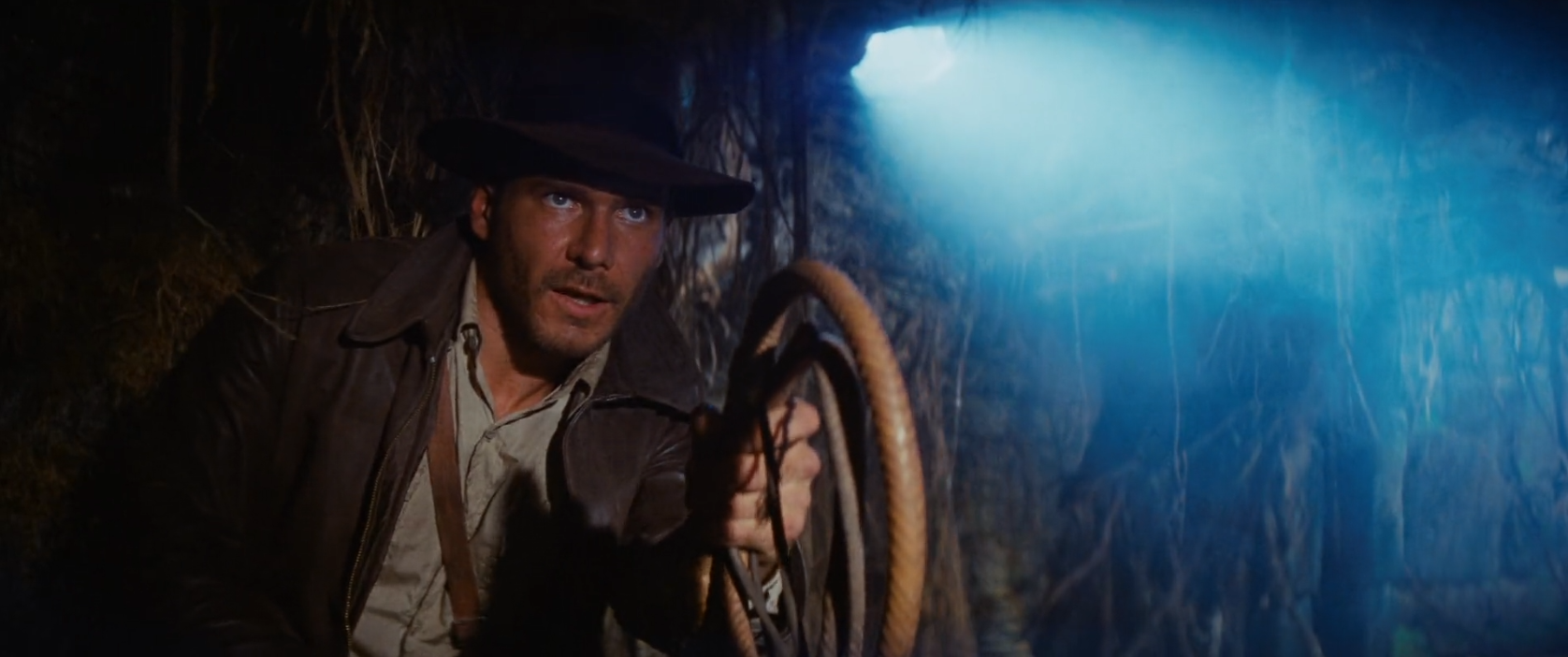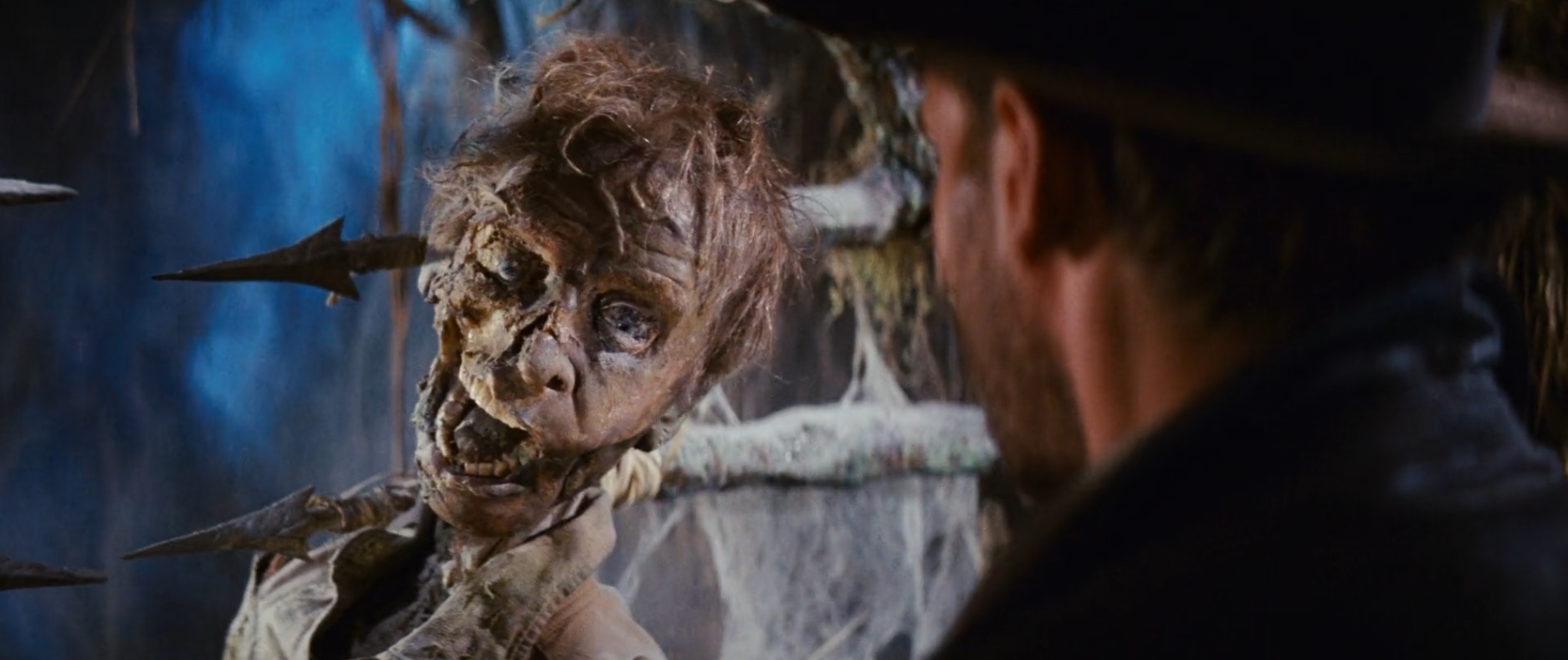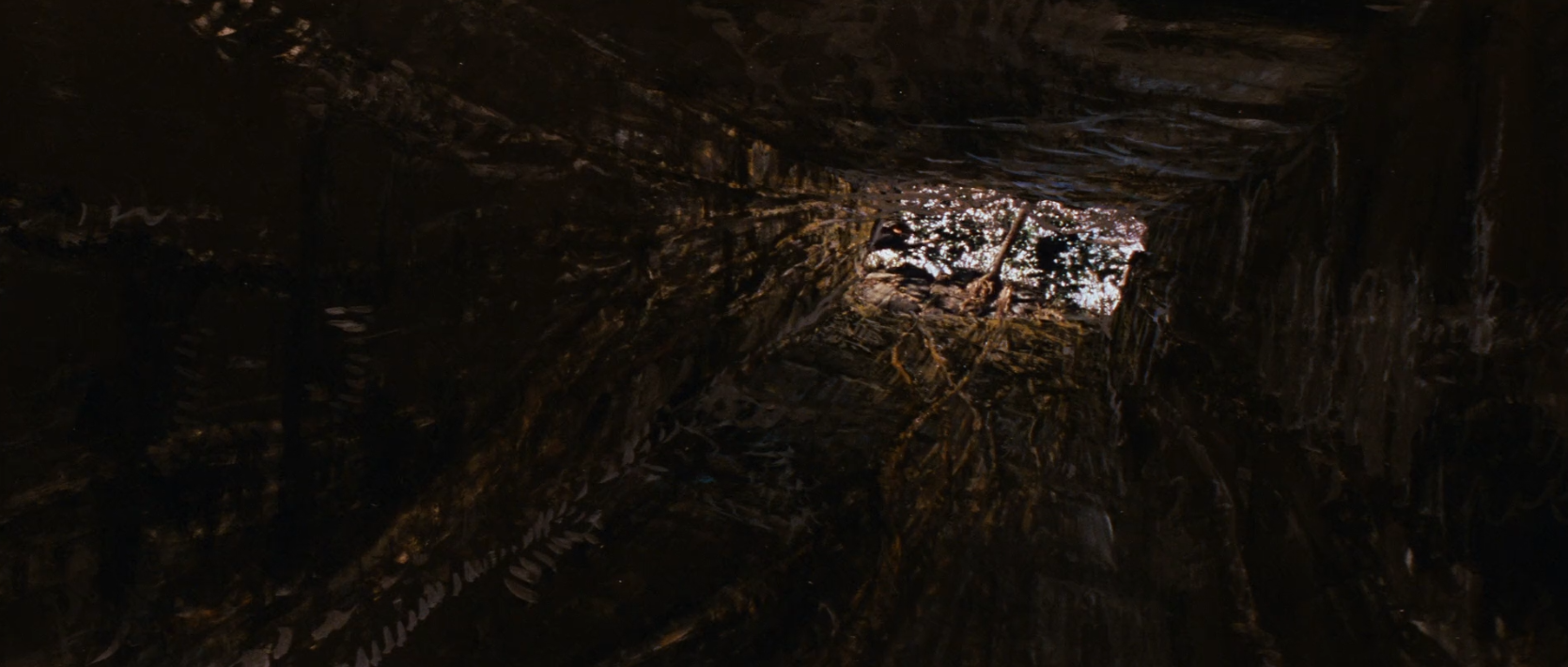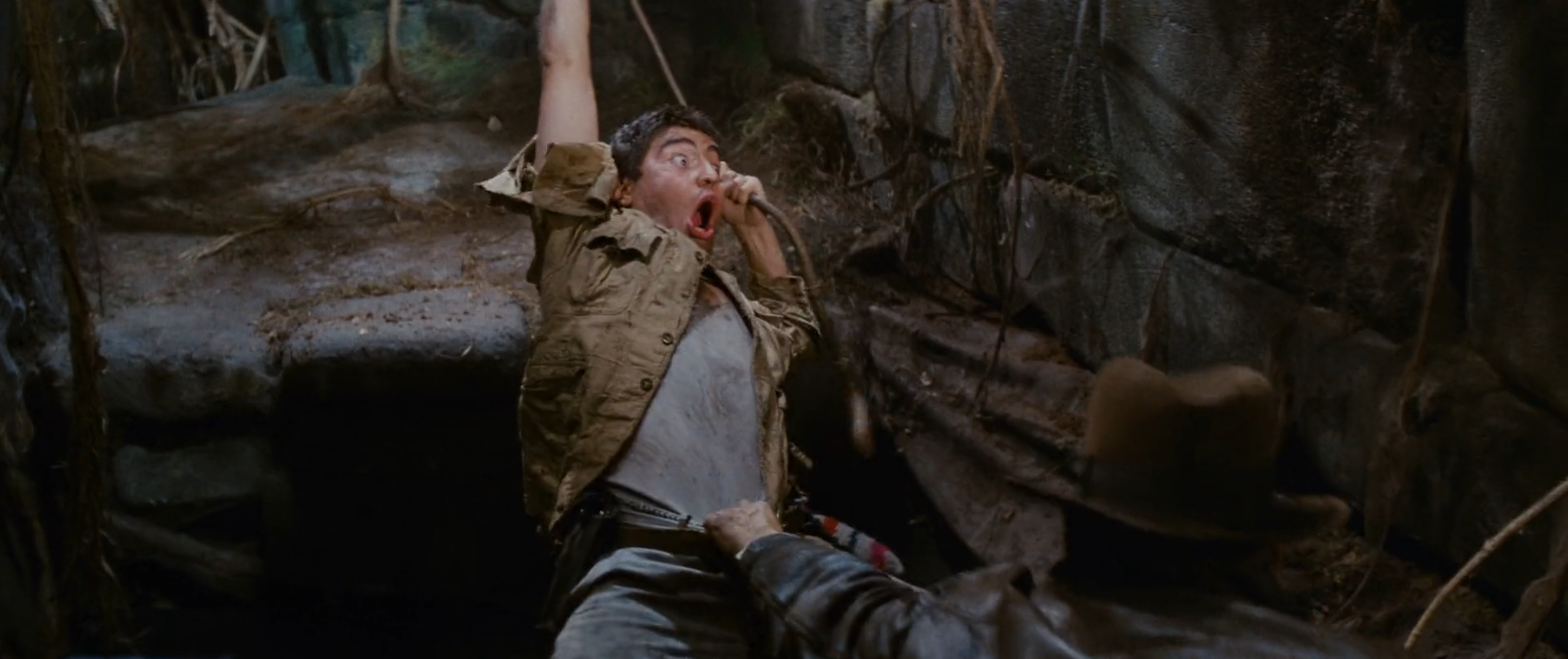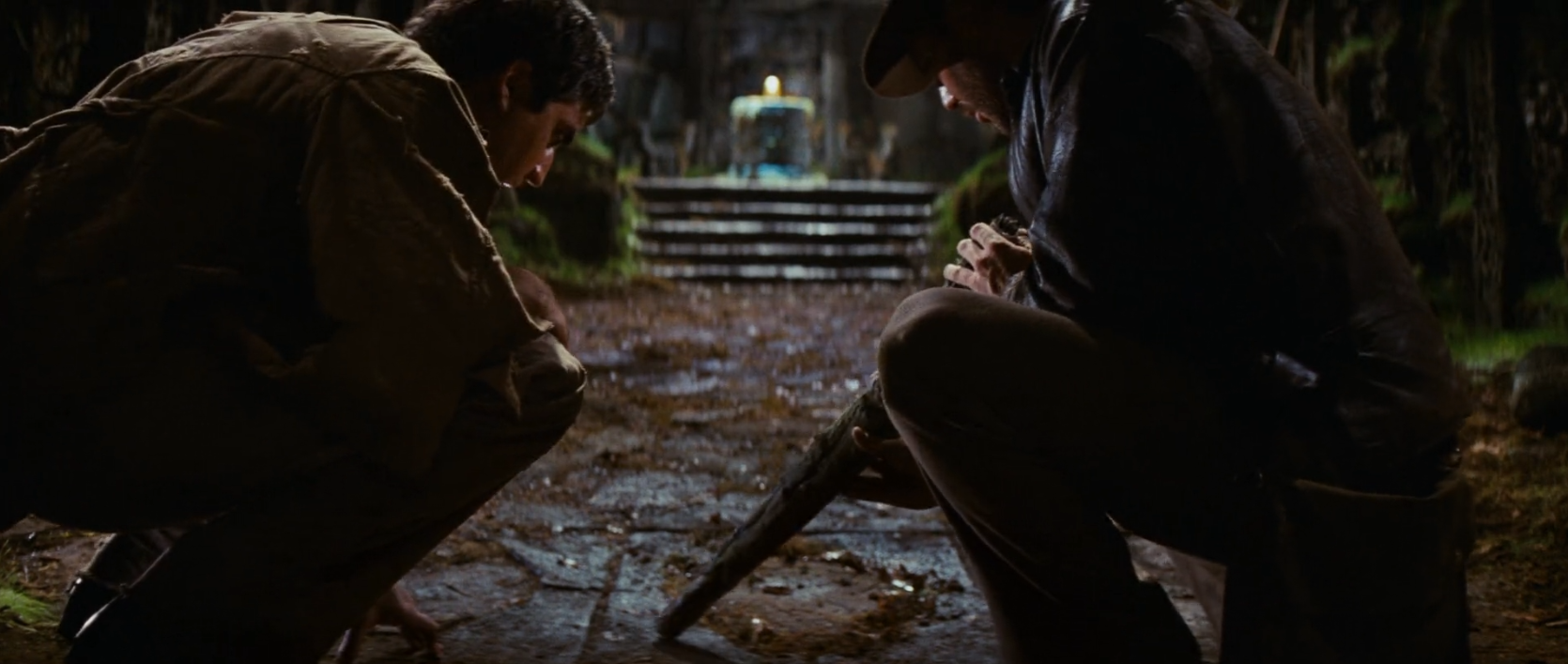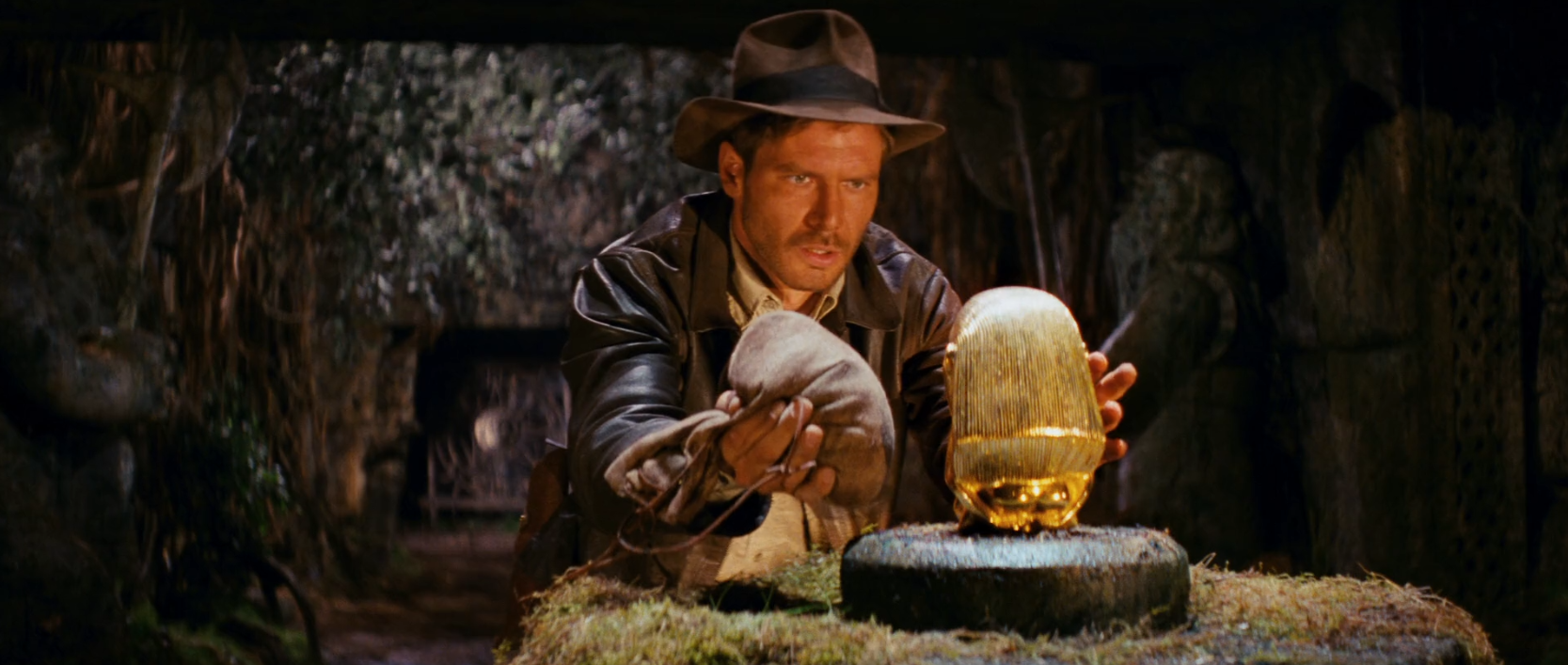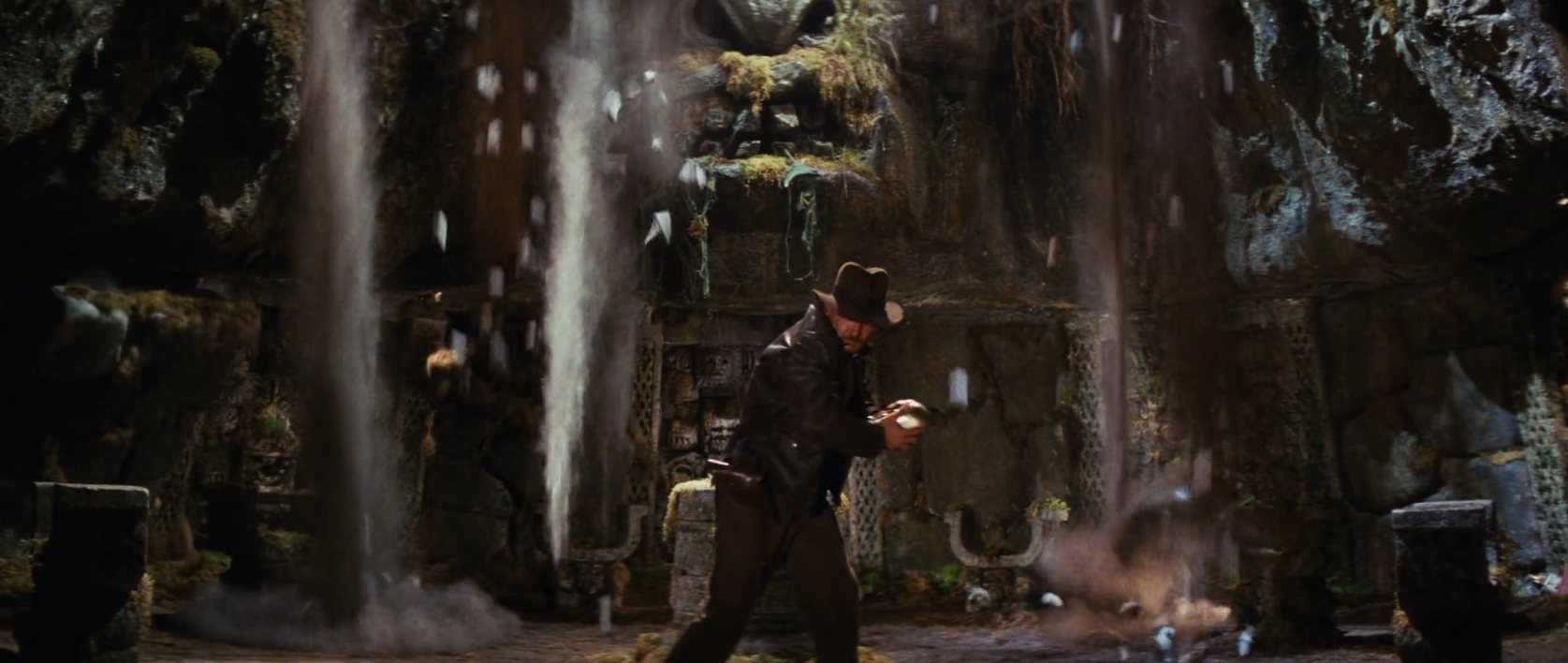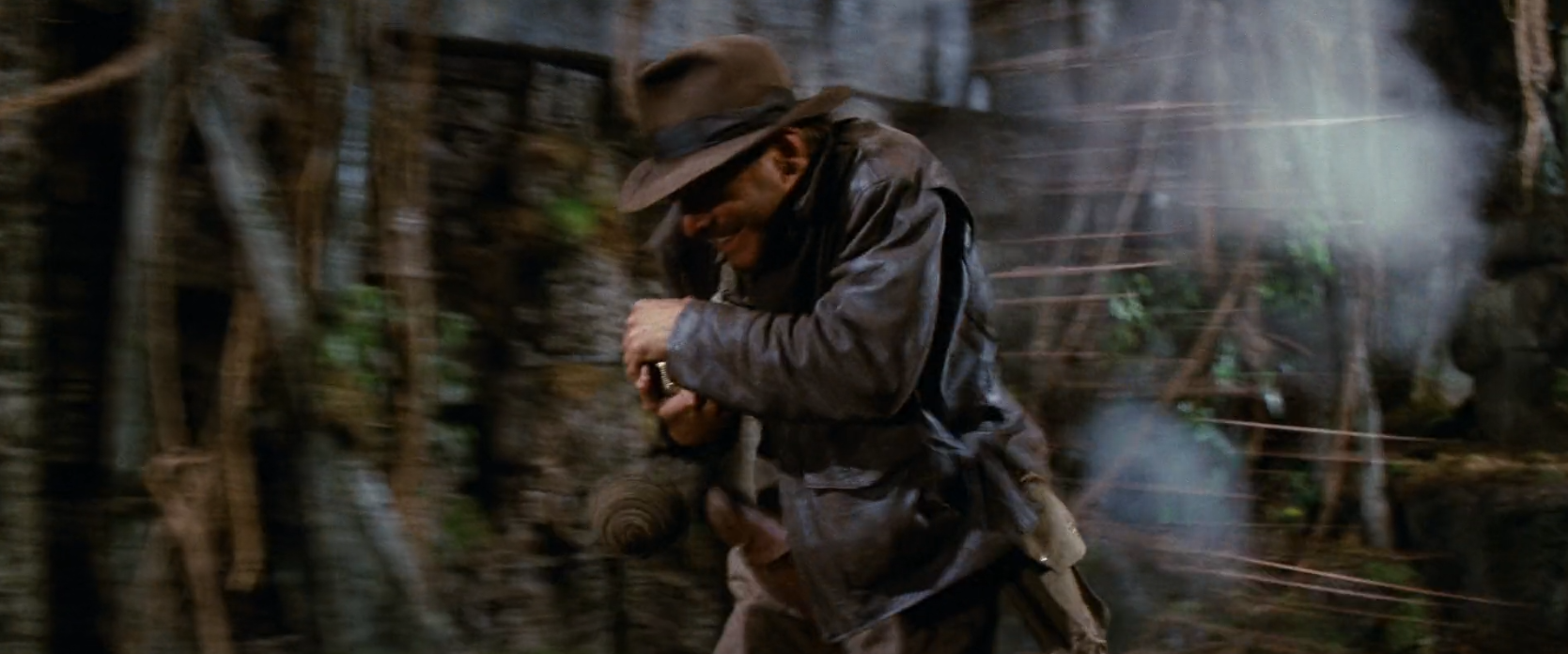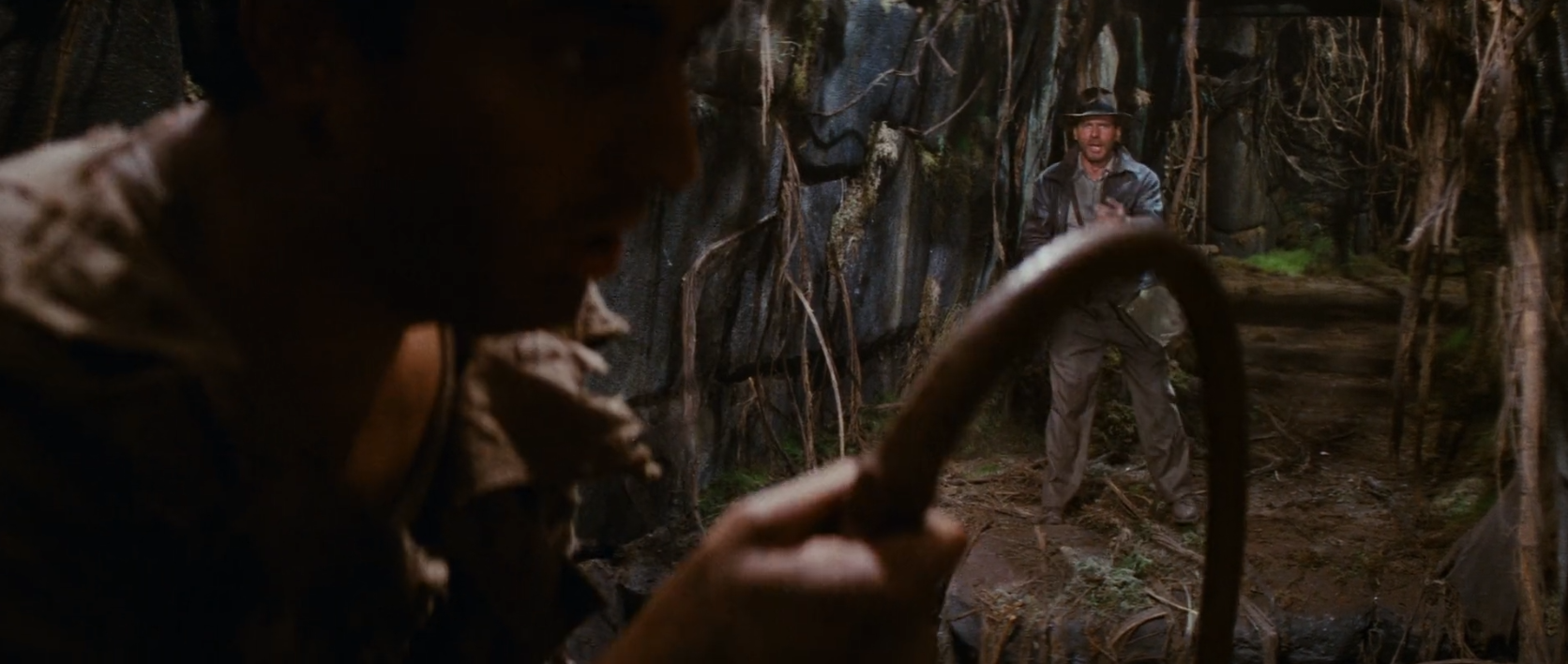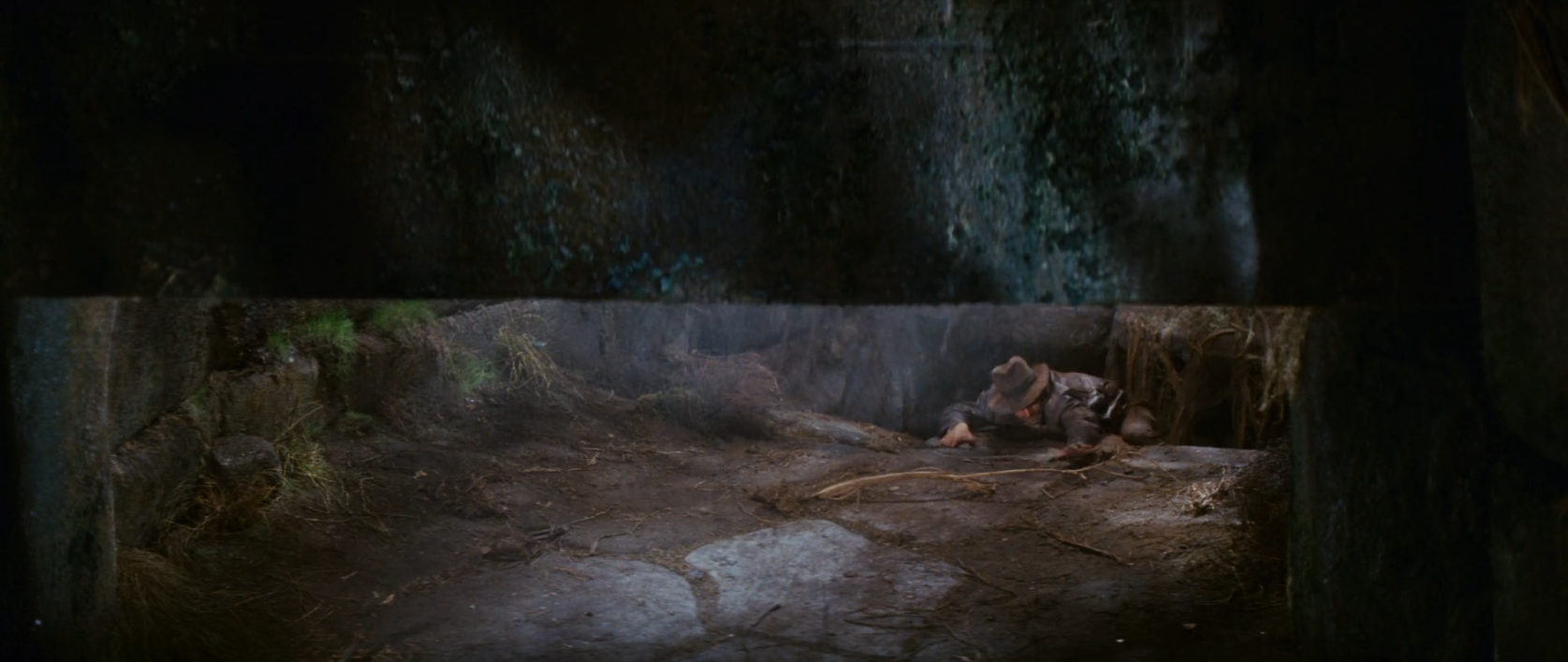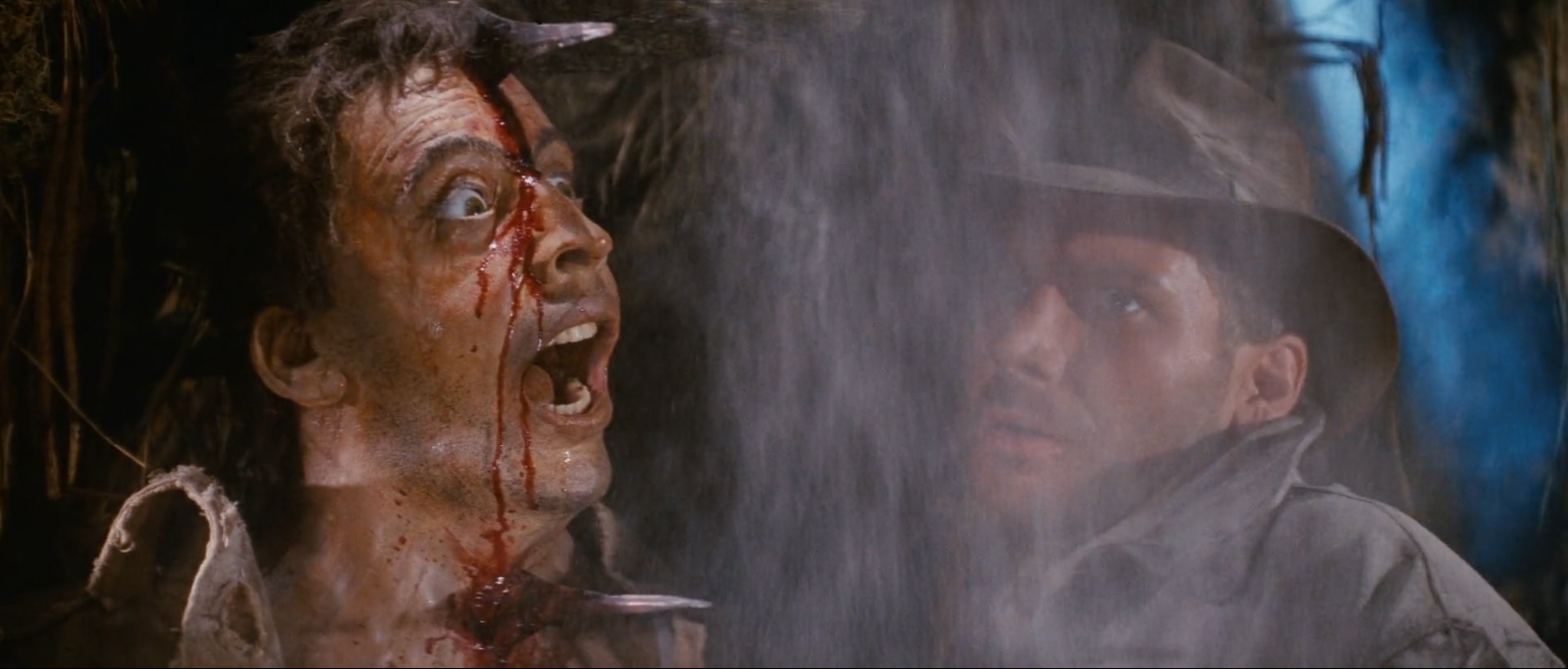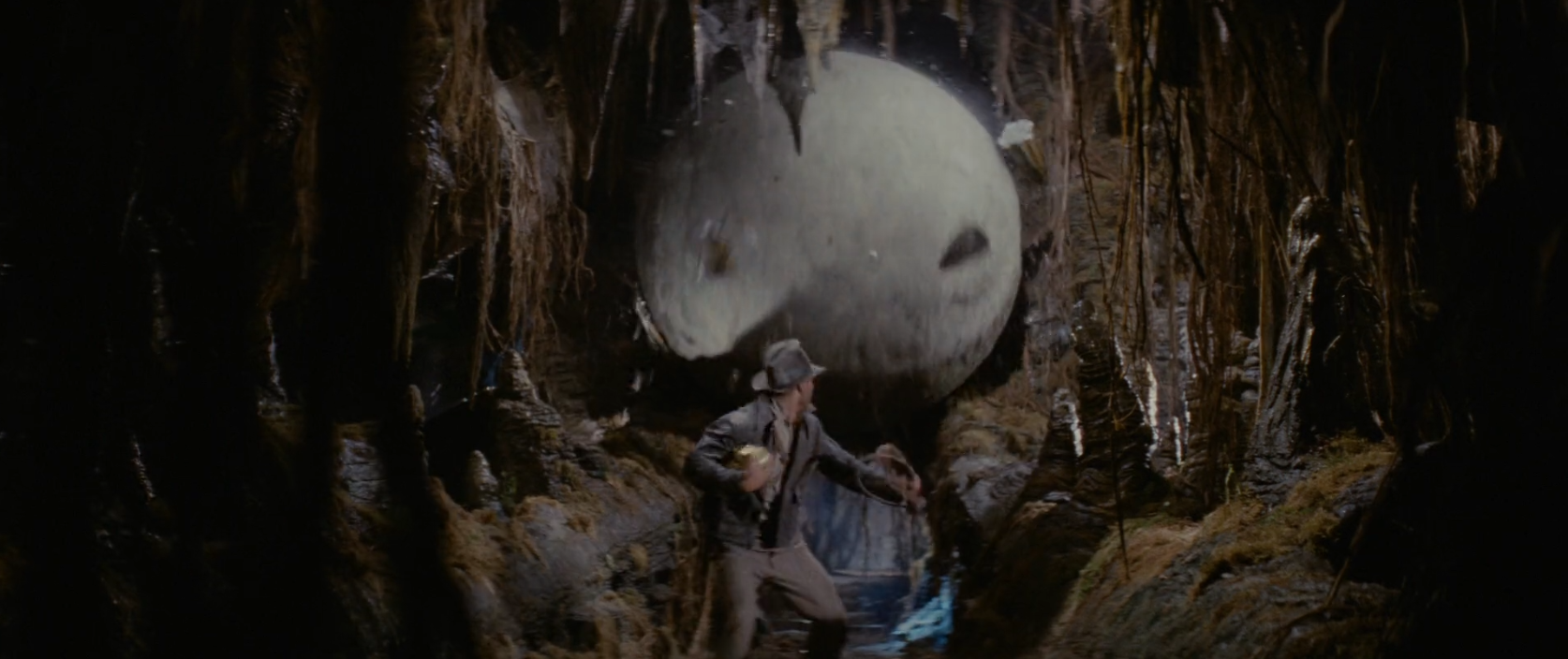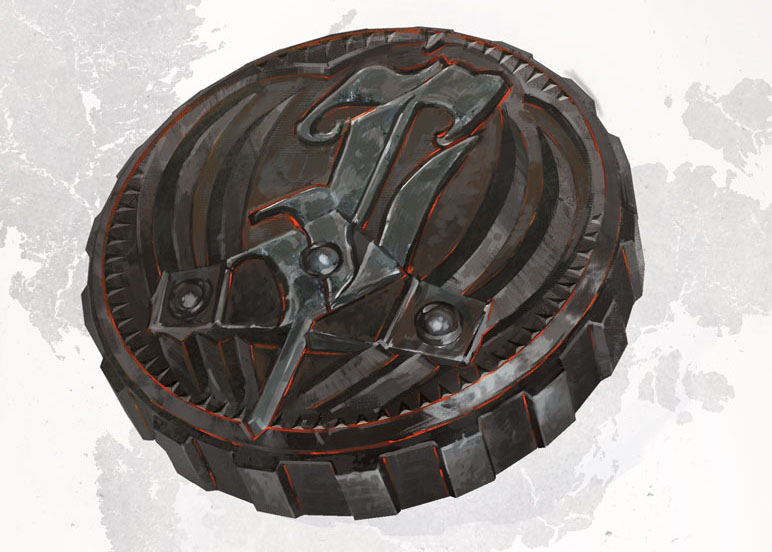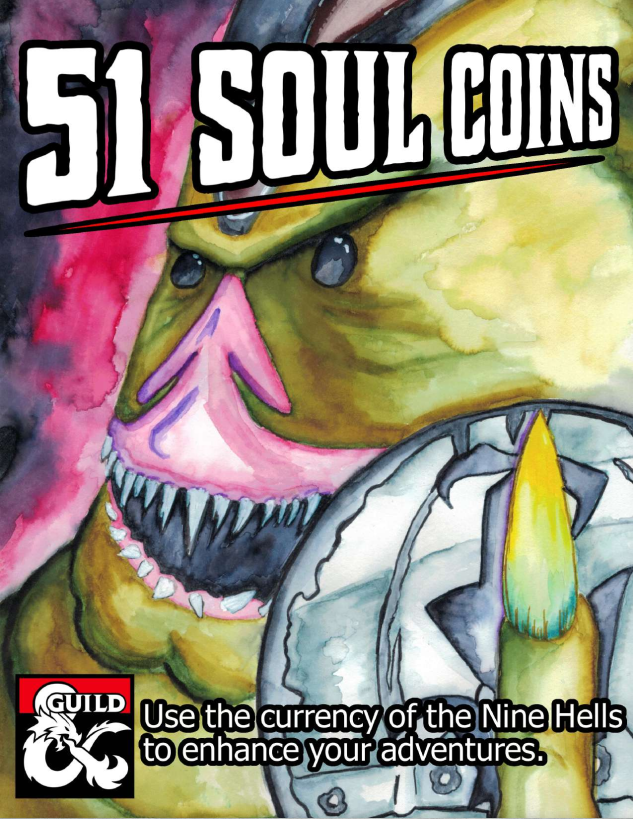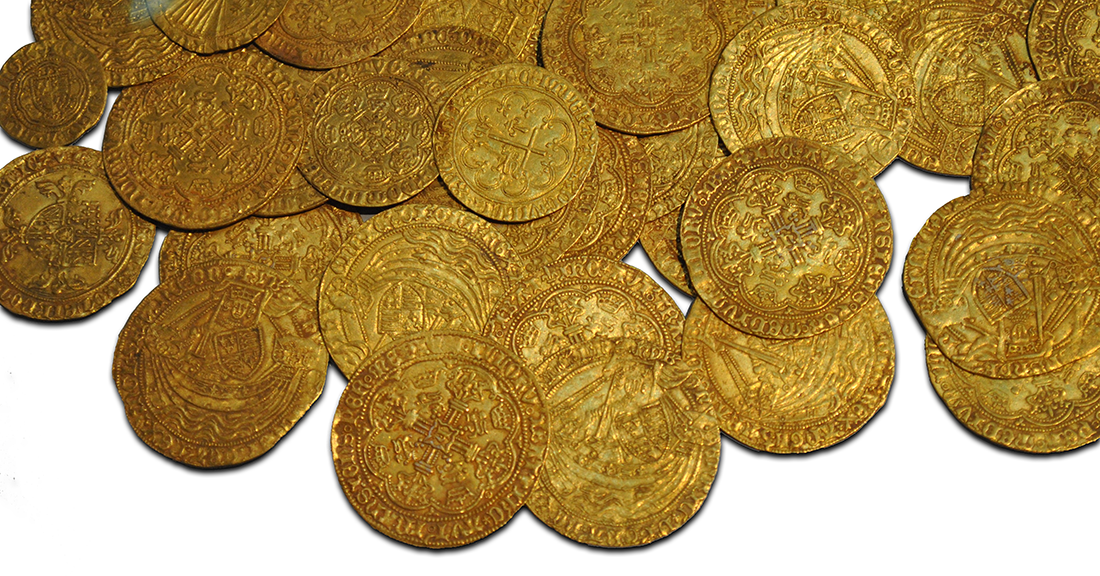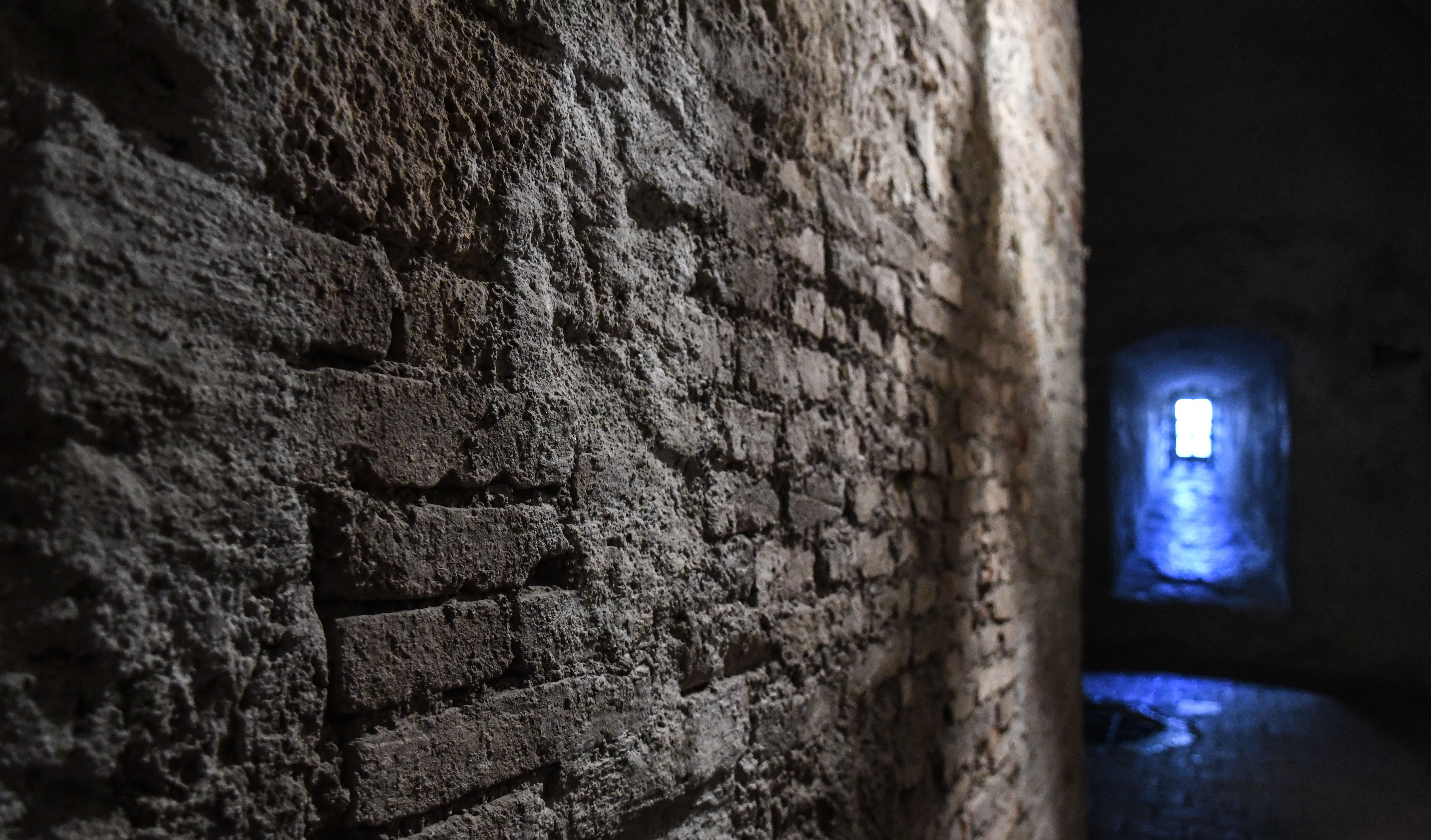There are several different ways that the PCs can complete the Avernian Quest, but the most immediate (and the one they’re most likely to be pursuing as they leave Elturel for the first time) is the Sword of Zariel. The vision they receive from Torm and the shredded remnants of Lulu’s memories point them towards a pair of kenku at Fort Knucklebones.
THE HISTORY OF FORT KNUCKLEBONES
The kenku Lulu is looking for are long dead. Lulu actually came to Fort Knucklebones hundreds of years ago, shortly after Zariel’s fall (see Part 6D).
See, there has always been a flock of kenku at Fort Knucklebones. For as long as anyone can remember. Longer, actually. The people in charge come and go, but the kenku are always there. The current boss is Mad Maggie, but before that there was:
- Lord Fauxen, a human warlock
- A flock of vrock, who secretly used the fort as a forward supply base in the Blood War
- Xartemug, a pit fiend
And so forth.
Although no one remembers Lulu here and no story of her original visit has been passed down, there is a vestige of her to be found among the local kenku: Kenku speak by mimicking words that they have heard. Flocks of kenku have small, unique collections of word “performances” that are collectively shared and passed down from one generation to the next. One such “word of the foreflock” in the Knucklebones flock is Lulu saying the word “love.” For generations, when these kenku have said that they love each other (or anyone else), they have spoken it with Lulu’s voice.
The kenku will recognize Lulu’s voice and become quite excited about this.
FORT KNUCKLEBONES
Fort Knucklebones is a trading post; a sort of Port Royal for the Avernian warlords where they come for supplies, recreation, and repairs. This also makes it a useful hub of operations for the PCs.
Mad Maggie is the current potentate of the fort. Although not a warlord herself, she is seen by them as an equal and the neutrality of the fort is (generally) respected.
The fort itself, based around an outcropping or red rock shaped like a clawed hand, is somewhat described in Descent Into Avernus, p. 80:
- There’s a rampart of rock, bones, and metal debris with a gatehouse.
- The outer court, roughly the area that lies between the rampart and the knuckle gates.
- There are four courtyards located between each of the knuckles. These courtyards are fronted by the knuckle gates, which can be shut for an additional line of defense, but are generally left open.
- There is a fastness within the outcropping, with access caves from most of the knuckle courtyards. The fastness includes various storehouses and also Maggie’s demesne.
Note: Fort Knucklebones is also likely to be the PCs’ first introduction to soul coins as a form of currency. Take the opportunity to push home the “you’re not in Kansas any more” moment. Check out Addendum: Soul Coins, for a more detailed look at how the coins can be used in Descent Into Avernus.
BETWEEN THE KNUCKLES: There are four courtyards located between the “knuckles” of the outcropping.
- The tinker’s shed, a service station for war machines run by the kenku. A large cave at the back of this courtyard serves as a garage. The kenku live in a number of smaller caves that line the fingers to either side of the courtyard. A number of these caves are quite high, and the kenku have to climb ladders carved into the rock. (According to the flock’s oral tradition, before their entire species was cursed, the kenku of Fort Knucklebones could simply fly up to these caves. That’s how long they’ve been living here.)
- The Well, a bar built up around a rare natural spring of clean water. This spring is the reason Fort Knucklebones has been so constantly occupied. The barkeep at the Well is named Natasha the Dark; she claims to be a “cloned daughter of Baba Yaga.” (This would imply that she’s the clone-sister of Iggwilv. She’s probably making it up. But who knows? Maybe she’s the real Tasha who invented Tasha’s hideous laughter and Iggwilv stole her)
- The arcade is filled with market tents. Maggie’s infernal bank, run by an imp named Sarcasia, can also be found here. (It houses her stockpile of soul coins, acts as a moneychanger, and offers loans of various sorts.)
- The hostel, located in the broad space between thumb and index finger, is more of a public campground. No fees are charged. Anyone can grab a slab of space and pitch a tent. (Maggie figures that if people are staying here, they’ll be spending money at the arcade and that’s where she gets her cut.) The imps love to play practical jokes on people staying here.
Note: “Tinker’s shed” is the generic term on Avernus for war machine repair shops or service stations. They take the name “shed” because they’re usually rather small. The kenku’s facility here at Fort Knucklebones is expansive, but still referred to as a shed.
INHABITANTS: For ease of reference, here’s a list of NPCs at Fort Knucklebones. Also arranged as a random table just in case:
d12 NPC
1 Mad Maggie (DIA, p. 83)
2 Mickey (DIA, p. 83)
3 Chukka the Kenku (DIA, p. 83)
4 Clonk the Kenku (DIA, p. 84)
5 Pins & Needles (DIA, p. 84)
6 Barnabas the Flameskull (DIA, p. 84)
7 Redcaps (DIA, p. 84)
8 Wazzik the Madcap (DIA, p. 84)
9 Sarcasia (see above)
10 Natasha the Dark (see above)
11 Elturian Escapee
12 Random Avernian Gang
If the PCs do end up making Fort Knucklebones a hub for their operations in Avernus, I’d recommend adding a few extra characters to this list and working it up with a Tavern Time™ structure. This is a good example of where smart prep means waiting to prep something until the players have started wading into it and you know you’ll need it.
KNUCKLEBONES ENCOUNTERS: Don’t use up all the encounters in the first fifteen minutes the PCs are at Fort Knucklebones. Or even their first visit. This stuff can build over time.
- Chukka & Clonk: Help repair war-machine (DIA, p. 83)
- Mickey: Limping from injury (DIA, p. 83)
- Imps: Play a practical joke (DIA, p. 84)
- Imps: Want PCs to kill Wazzik (DIA, p. 84)
- Barnabas: Find the flameskull’s missing tooth (DIA, p. 84)
- Redcaps: Offer PCs a severed finger as a friendship gift (DIA, p. 84)
If you rework Fort Knucklebones using the Tavern Time™ structure, you can pull these encounters into the NPC “topics of conversation.” (You’ll want 2-3 per NPC.)
Bonus Encounter: Natasha the Dark wants someone to cast hideous laughter on her. It reminds her of her sister.
THE 1-TO-10 SCALE: This is briefly described on DIA p. 80-81. It’s basically a mental shorthand for tracking what an NPC’s attitude is towards the PCs. You can actually track this sort of thing for all NPCs, on your campaign status document if it seems useful to you.
ARRIVING AT FORT KNUCKLEBONES
When the PCs come to Fort Knucklebones for the first time, we don’t want the kenku they’re looking for to be the first thing they see. Looking for the kenku will mean exploring the fort, pushing and pulling them into encounters with the various locations and characters here.
REDCAP WATCHPOST: There’s a watchpost in the fort’s ramparts manned by redcaps. Use the encounter described in DIA, p. 81.
OUTER COURT: As the PCs pass through the watchpost and into the outer court, describe three specific people (or groups of people) doing things around the courtyard. (One of these might be an encounter, but that’s probably not necessary right now.)
Note that you want to be specific. You don’t want to just describe a generic mélange of activity (e.g., “The courtyard is full of strange-looking creatures. There are horns and tails and a faint smell of sulfur.”). You want specific stuff they can choose to interact with.
None of these should be kenku. I recommend including a warlord gang (maybe hanging out around their war-machines outside the Well) as a way of foreshadowing or, if the PCs choose to interact with them, introducing this aspect of the campaign. (More on these gangs in Part 7E.)
FUTURE VISITS
On future visits to Fort Knucklebones I recommend having:
- 1d3 or 1d4-1 NPCs in the Outer Court and the Well.
- Having 1d2 or 1d3-1 NPCs in the other courtyards (plus whatever NPCs would logically be there, like the kenku in the garage).
If you expand the cast of characters here, you can probably bump those numbers up a notch.
Have one or two encounters on each visit. (If you haven’t gone for a full Tavern Time™ structure, in which case they’ll be keyed to the NPCs as you generate them.)
QUEST OF THE DREAM MACHINE
In the published book, Mad Maggie uses her dream machine to unlock Lulu’s memories and then Lulu’s memories guide the PCs as they journey across Avernus (through the twin railroads).
We are more or less going to invert this structure:
- The PCs come to Fort Knucklebones.
- The kenku explain that they can’t help, but maybe Mad Maggie can.
- Mad Maggie is intrigued (in large part due to her obsession with Zariel lore and Lulu’s presence in the rare tapestry she owns, see Part 6D). She has a machine that she thinks could be used to recover Lulu’s lost memories.
- Just one problem: The machine doesn’t work. It’s missing four key components. The PCs will need to find these components in order to make the machine work.
To find these components, the PCs will need to explore Avernus (as described in Part 7). Once they have the components, the dream machine can be repaired and Lulu’s memories recovered (as described in Part 6D-I).
Homework: How did Mad Maggie get the dream machine?
THE FOUR COMPONENTS:
- Nirvanan Cogbox. Used in a variety of infernal machines, these cogboxes come from Mechanus.
- Heartstone. Used by night hags to infiltrate the dreams of their victims. It’s used as a prism or beam-splitter in the dream machine.
- Phlegethosian sand. Obsidian sand pounded from the jagged, rocky plains of Phlegethos, the fourth layer of Hell.
- Astral pistons. Another component used in various pieces of infernal machinery. The pistons are actually extruded into the astral plane, maximizing their mechanical output. It’s an outdated technology and rarely used these days.
MAGGIE’S LEADS
In addition briefing the PCs on the parts she needs, Mad Maggie can provide them with some initial leads on where they may be able to find some of them. The alphanumeric hex references below are map coordinates from the hex map in Part 7B, which you can use to quickly identify where these leads can potentially take the PCs.
Astral Pistons: She’s heard that an oni named Malargan — the forgemaster of Kolasiah, a local warlord — has a set of astral pistons in his forge. (Hex A5)
Astral Pistons: Uldrak the Tinker, whose shop is based out of a titanic helmet located in the western end of the Plains of Fire, had a set of astral pistons in stock a few years back when one of Maggie’s riders (now dead) needed repairs for an antique war machine. It’s possible he might still have a supply. (Hex D5)
Heartstone: Mad Maggie and Red Ruth (Hex B4) were part of a coven along with a third night hag named Gaunt Gella. Mad Maggie believes that Red Ruth killed Gella and stole her heartstone. Maggie suspects that Red Ruth is still located somewhere in Avernus, but she doesn’t know where. However, she has heard rumors that Red Ruth has been seen at Mahadi’s Emporium from time to time, and the PCs might check there for a lead to Red Ruth’s current location.
Note: “Gella” means “the one with the golden hair.” Consider having a quiet, emotional moment for Mad Maggie where she remembers the beautiful hair of her fallen friend. It’s up to you whether or not Red Ruth was actually responsible for Gella’s death.
Alternatively, Gaunt Gella was bald, but collected the heads of blonde mortals. (Maggie can still fondly remember how beautiful the hair was.)
Nirvanan Cogbox: Nirvanan cogboxes are a modronic technomancy. Maggie has heard that a modron ship crashed on the shores of the Styx contra-Dis from Fort Knucklebones. (The ship is located in Hex H5, but it’s actually an elemental galleon from Eberron and does not have a cogbox.)
Design Note: At least three instances of each component have been seeded into the Avernian hexcrawl. (The Three Clue Rule waves hello.) In Part 7I: Avernian Rumor Tables, you will find additional rumors that can lead the PCs to these disparate sources.
Mad Maggie gives four leads, and she should give them all at once. She gives two different sources for one component, one possible source for a second component (although she doesn’t exactly know how to track that source down), and an incorrect location for the fourth component.
This spreads four experiences across these leads:
For one component, the PCs have two leads and can choose one. (Establishing the idea that they have multiple options for finding the components.)
For another, they’ll have to follow up their lead to figure out where they can actually find the component. (Establishing the idea that they’ll need to actively investigate to find these components.)
For the third component, they’ll discover a dead end and need to find a different way.
For the fourth component, they’ll have no lead at all. (Establishing the idea that this isn’t just a “do what Mad Maggie tells you” fetch quest; instead, they’ll be in the driver’s seat for figuring out how to obtain these components.)
With no additional explanation, simply receiving these four leads from Mad Maggie will teach the players a lot about the form, structure, and expectations of the Avernian hexcrawl.

